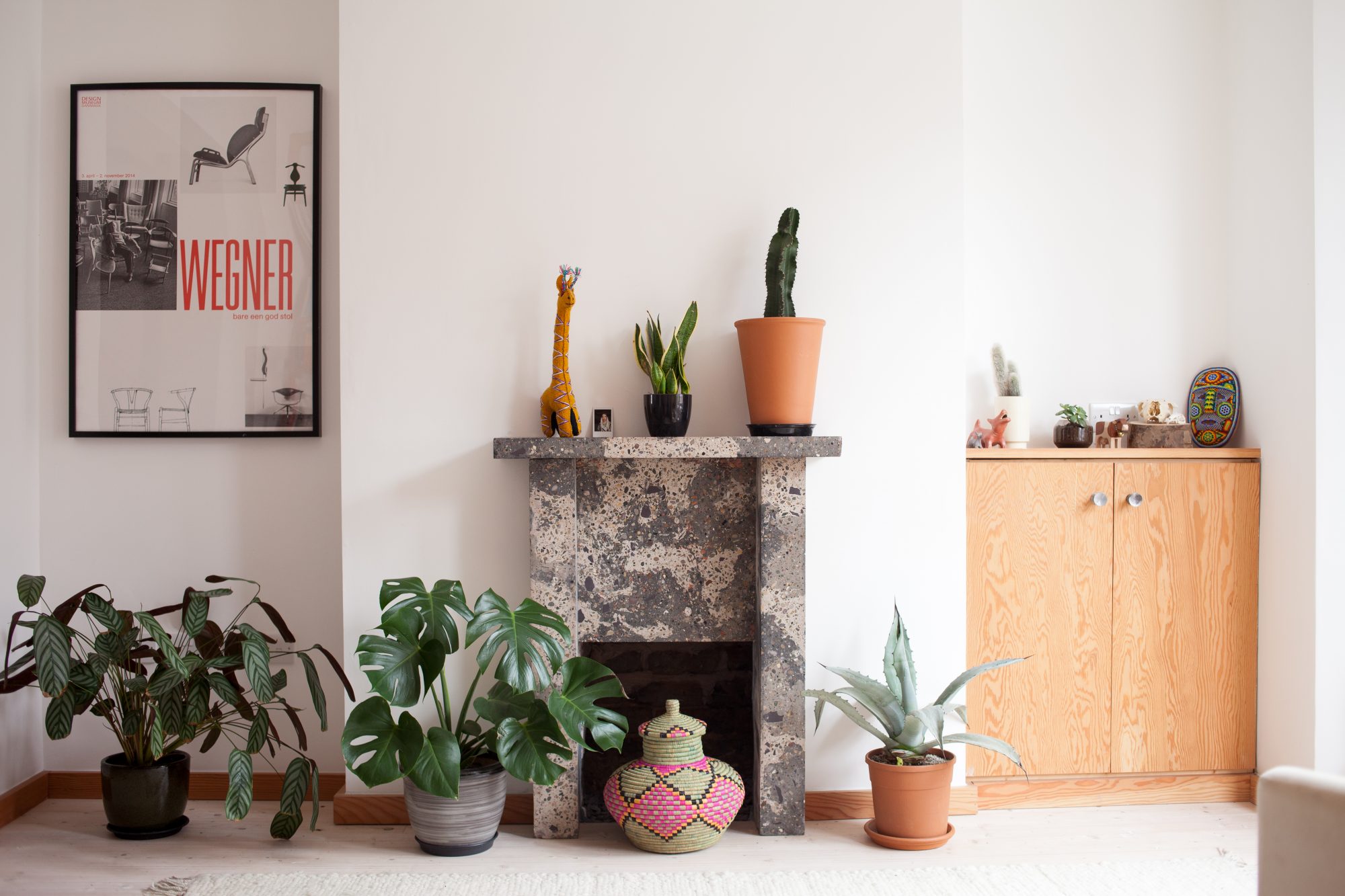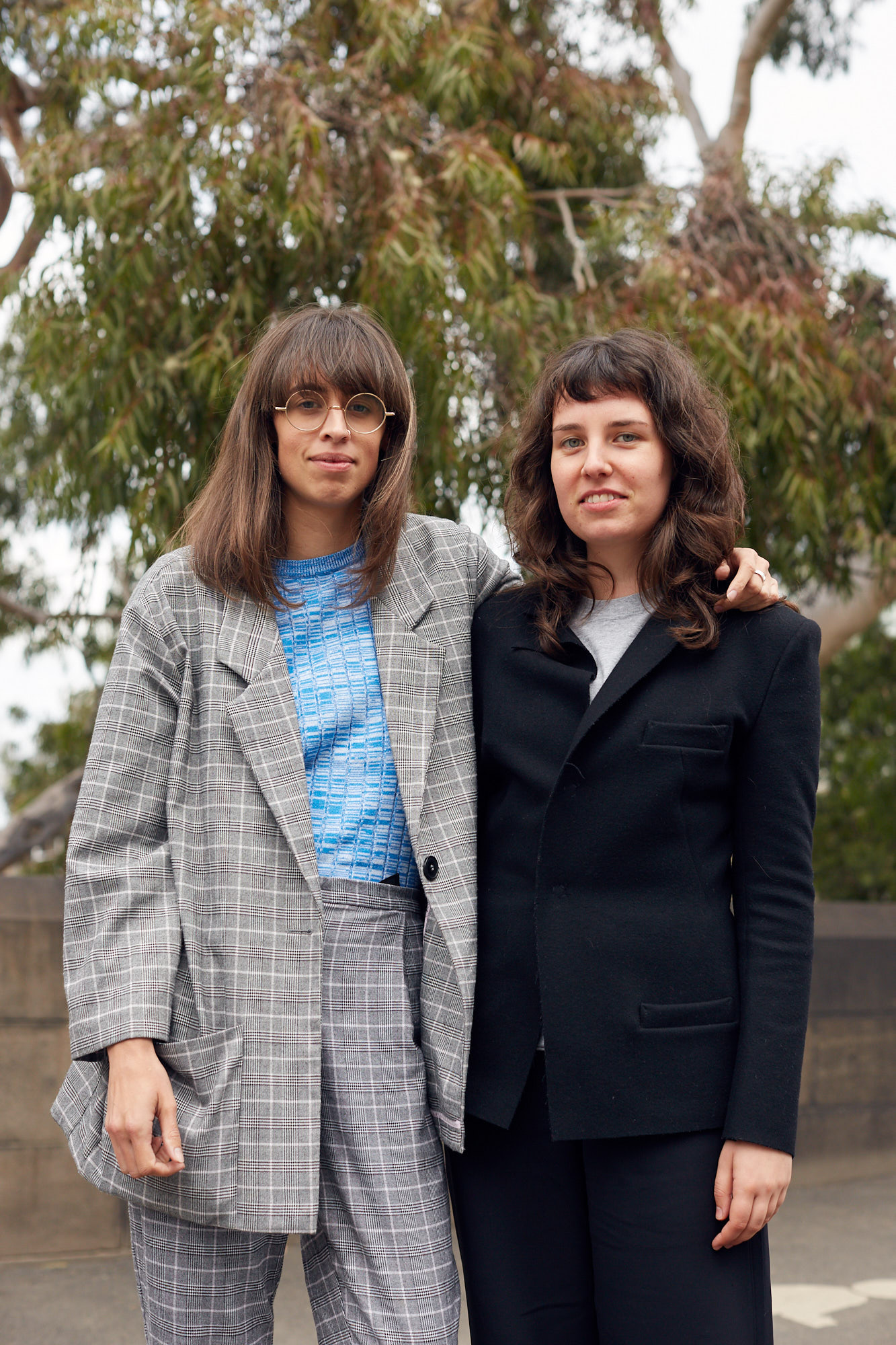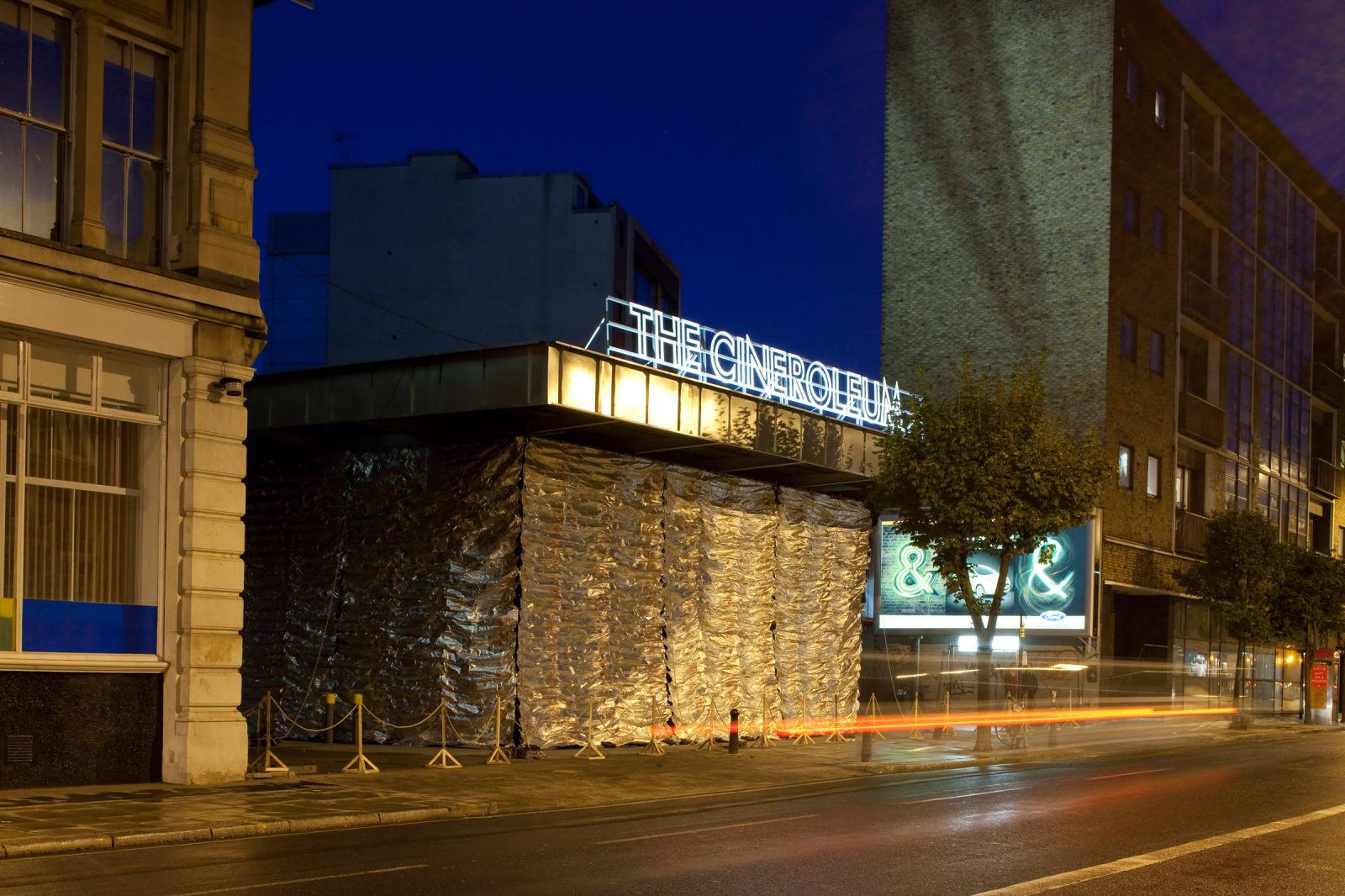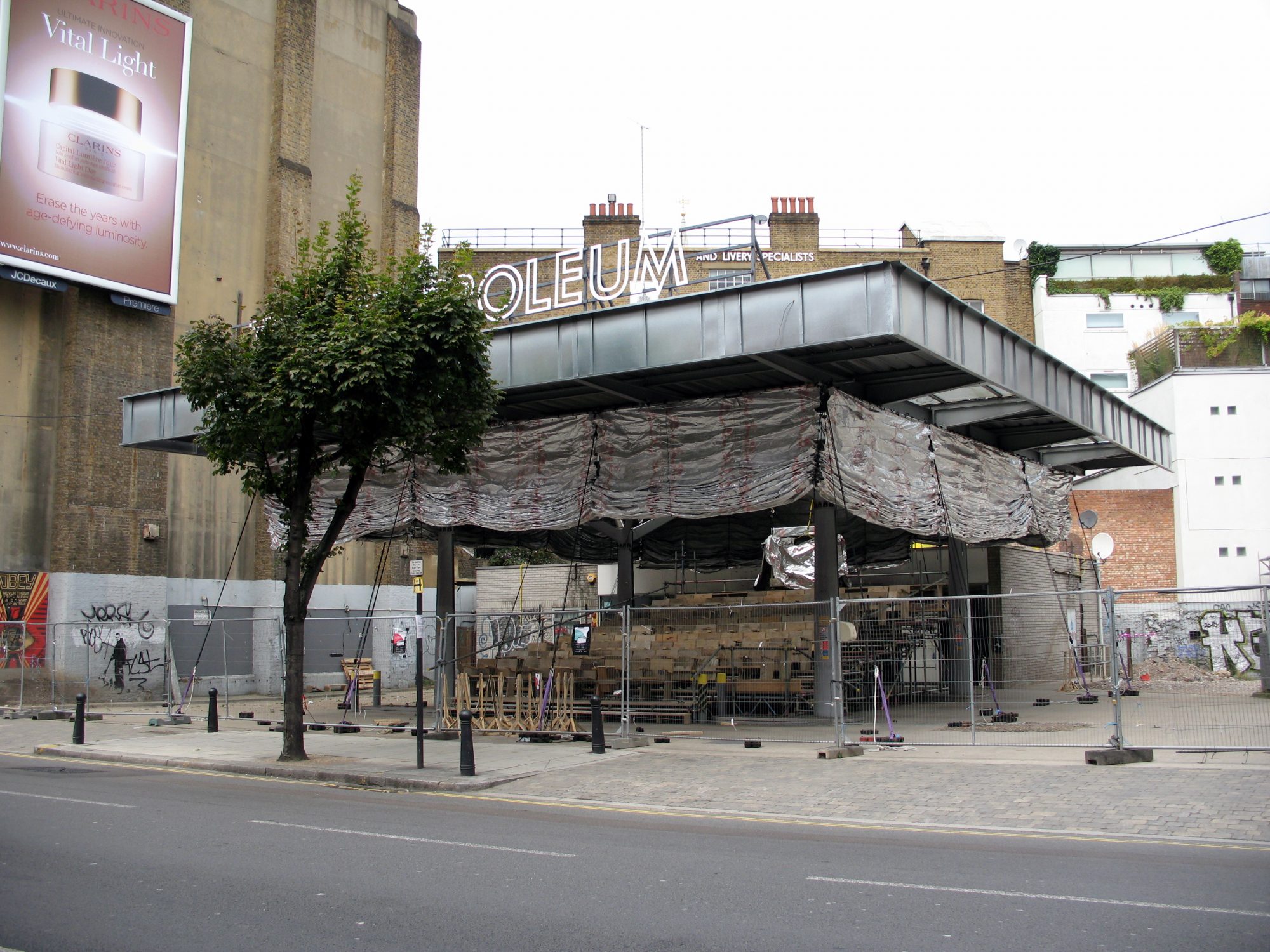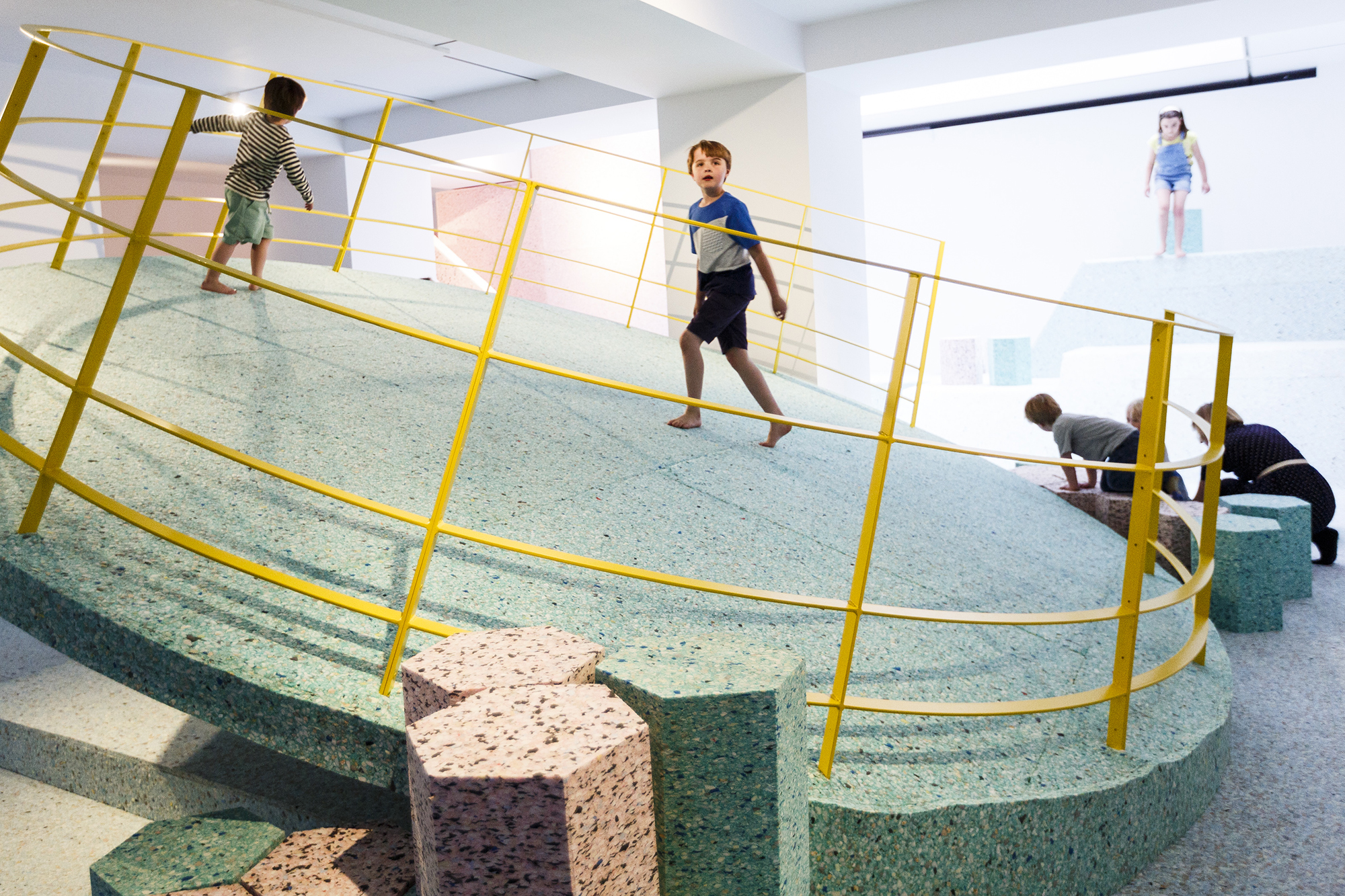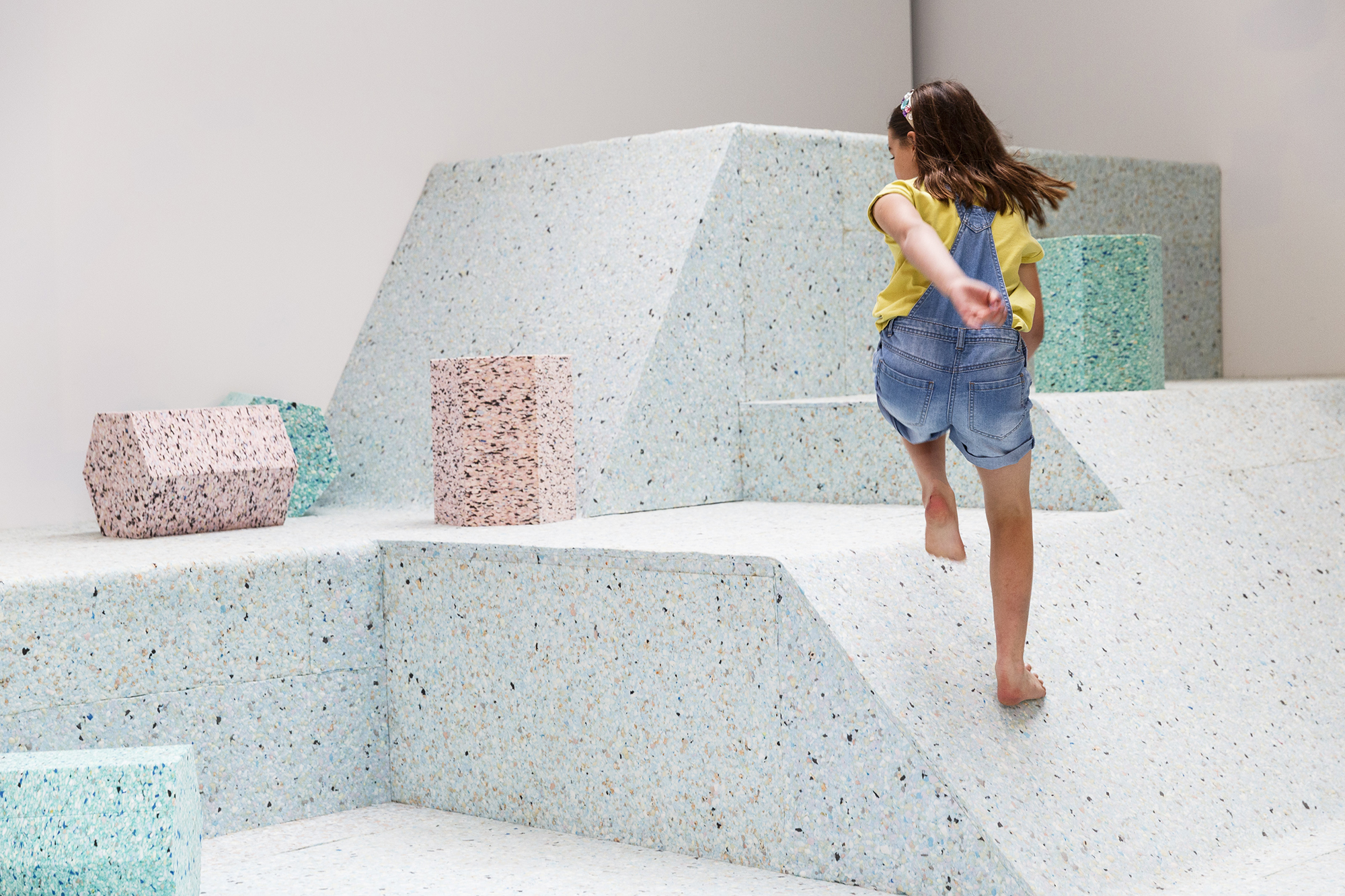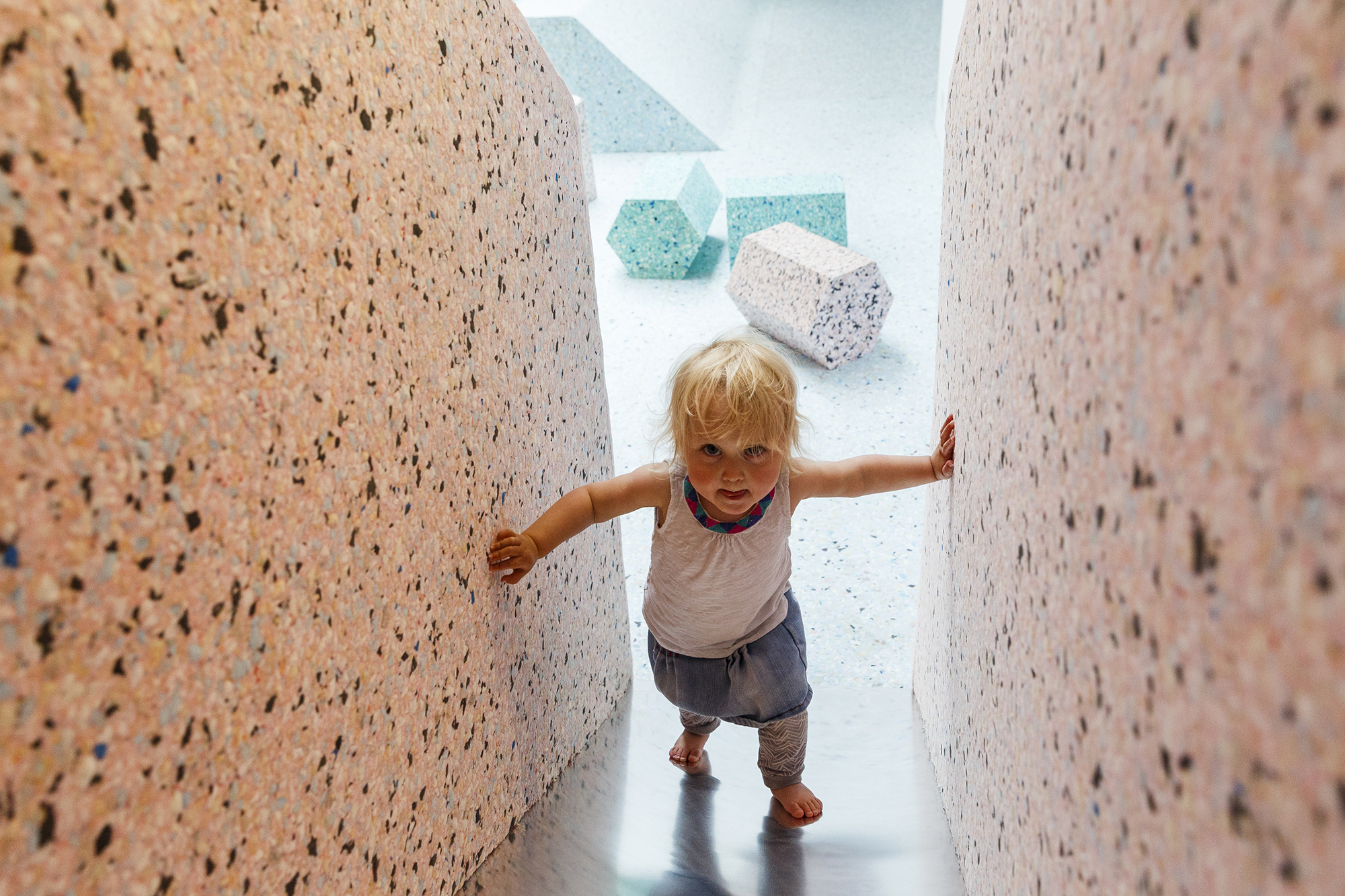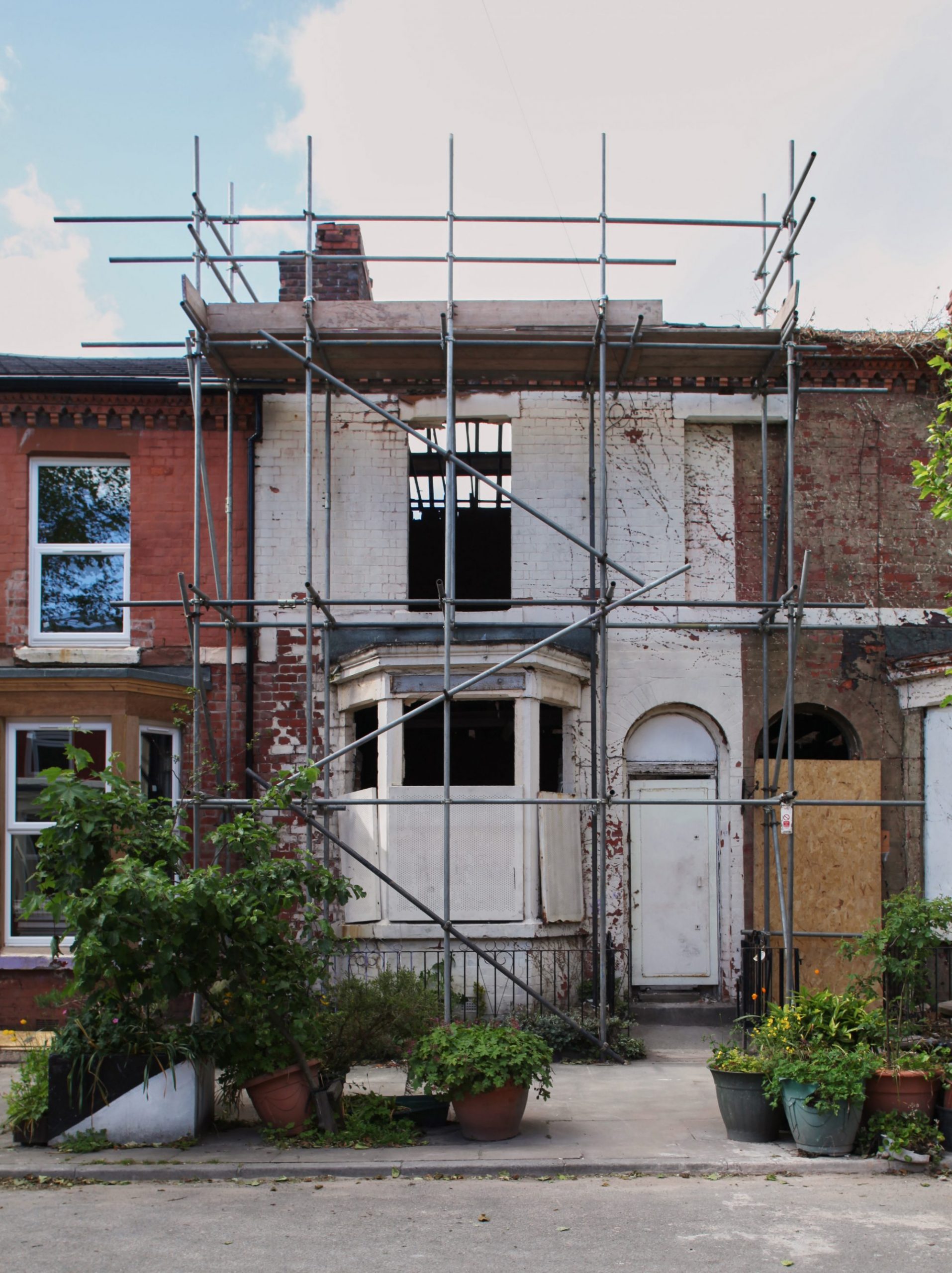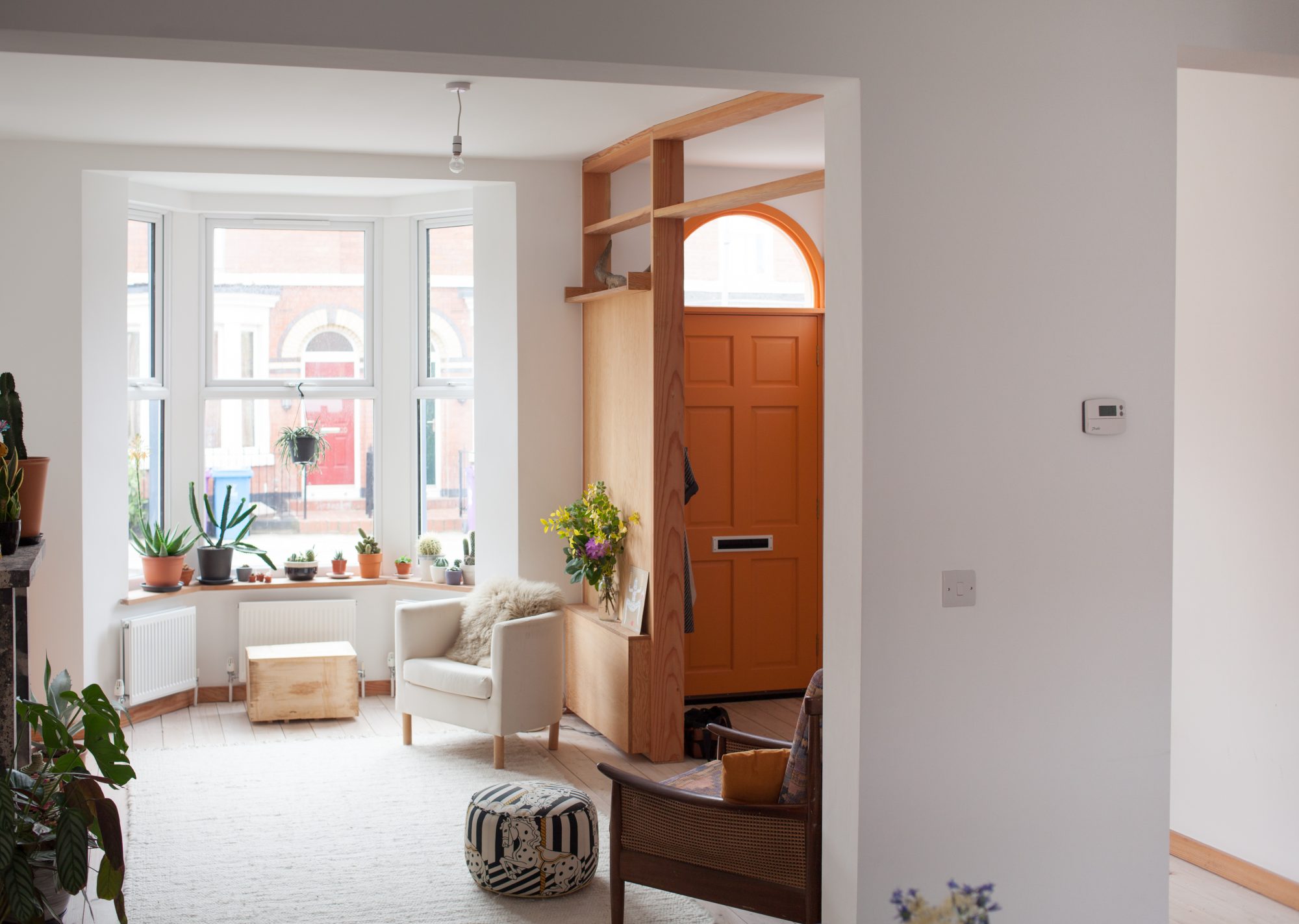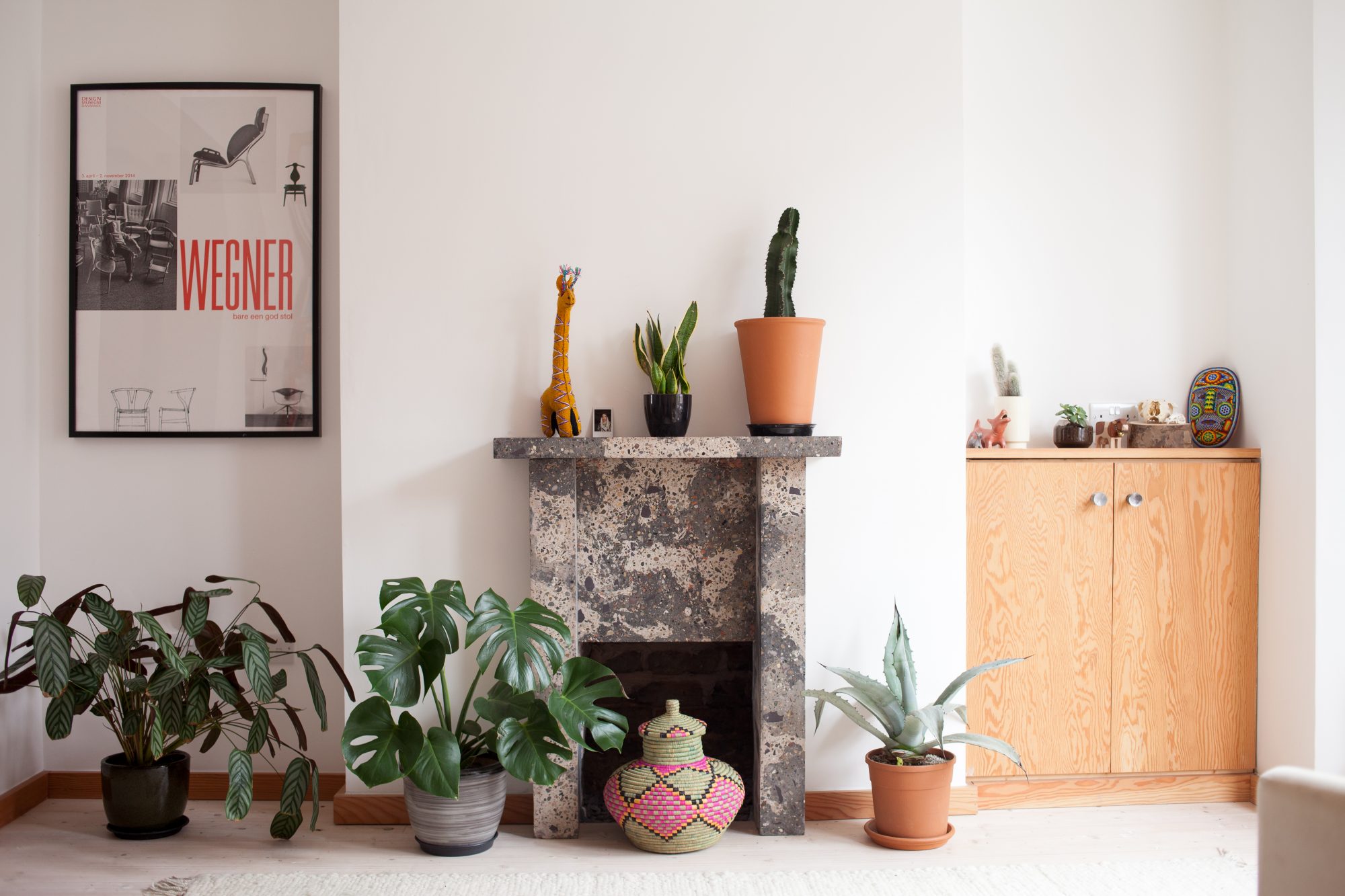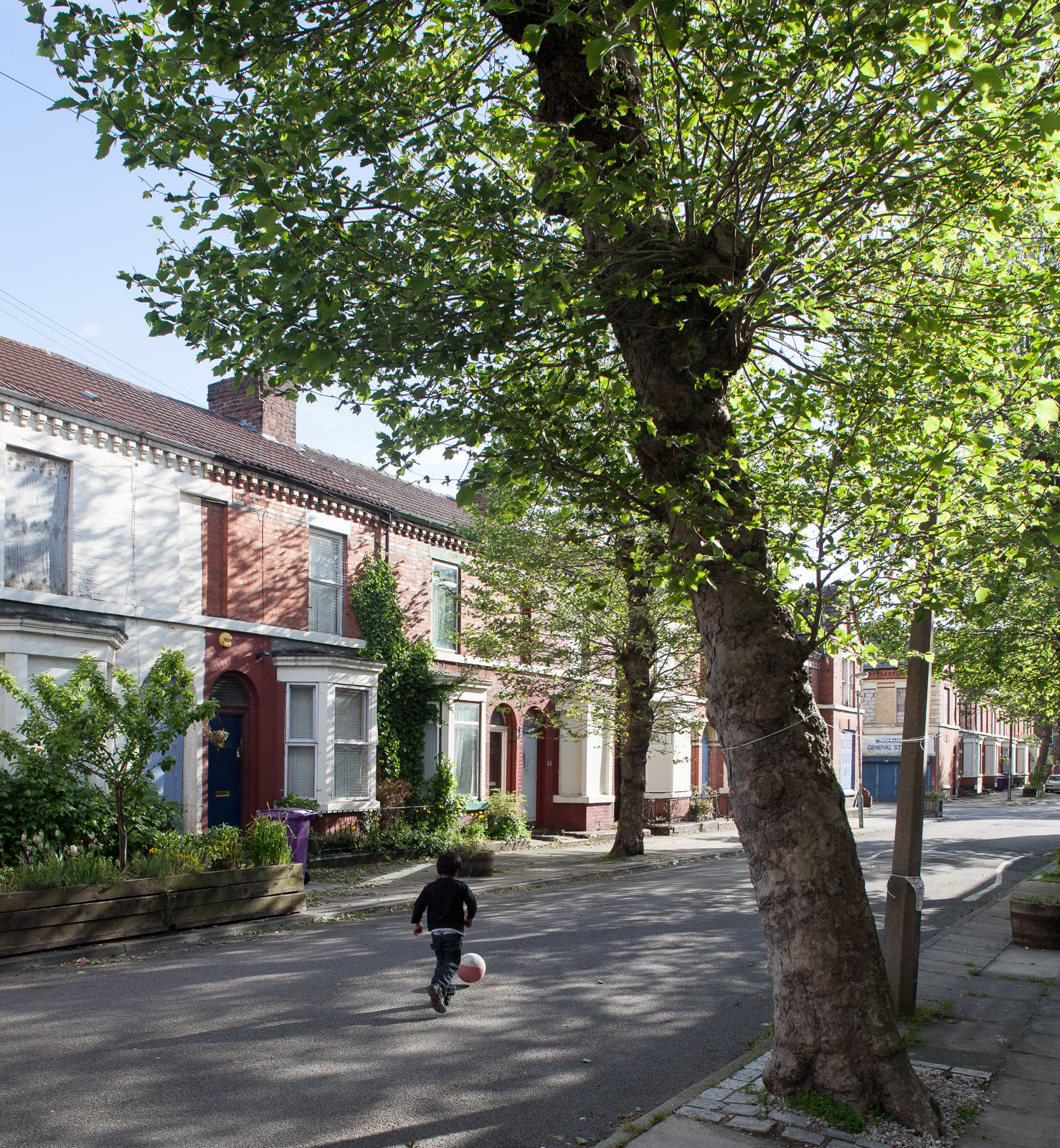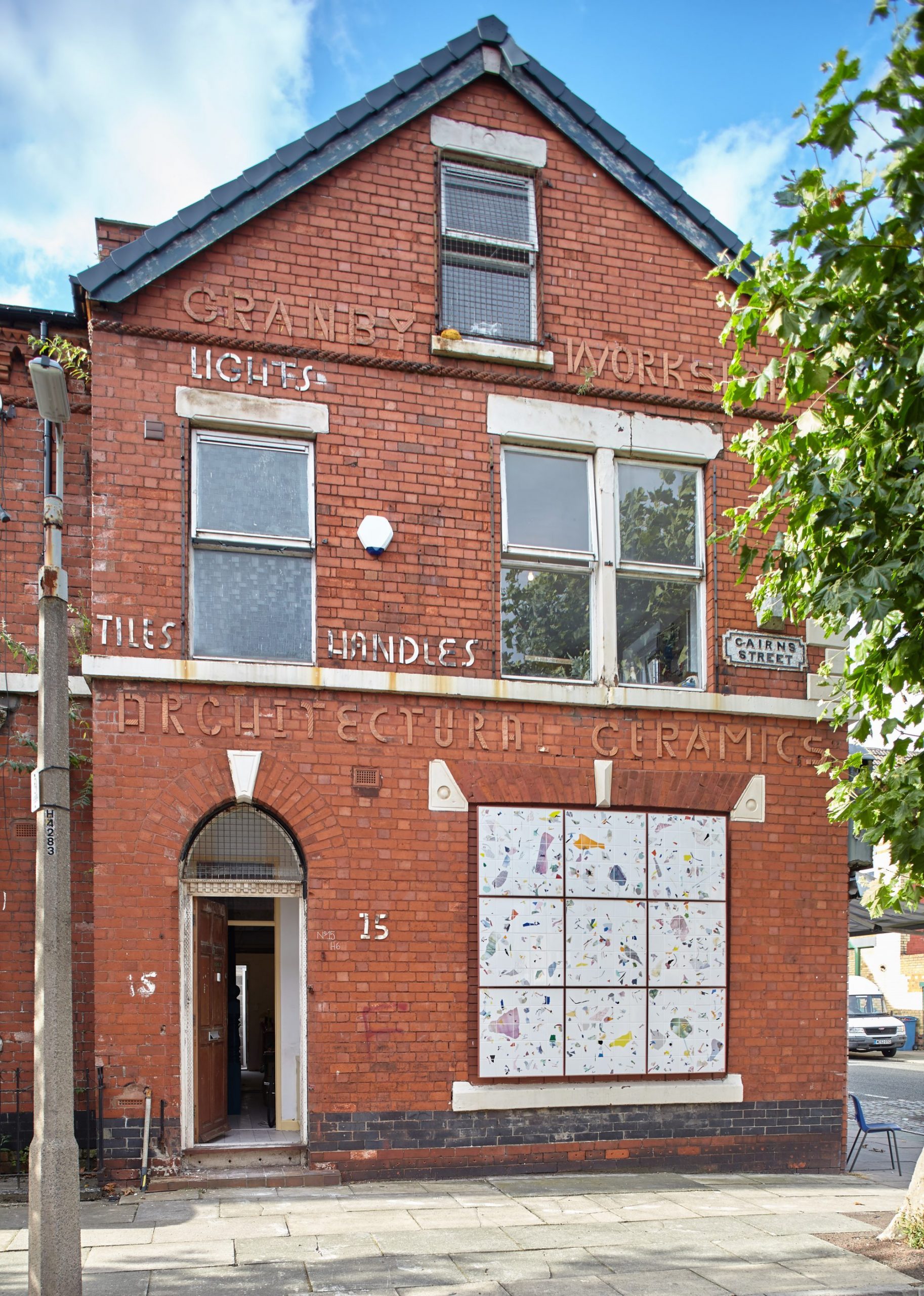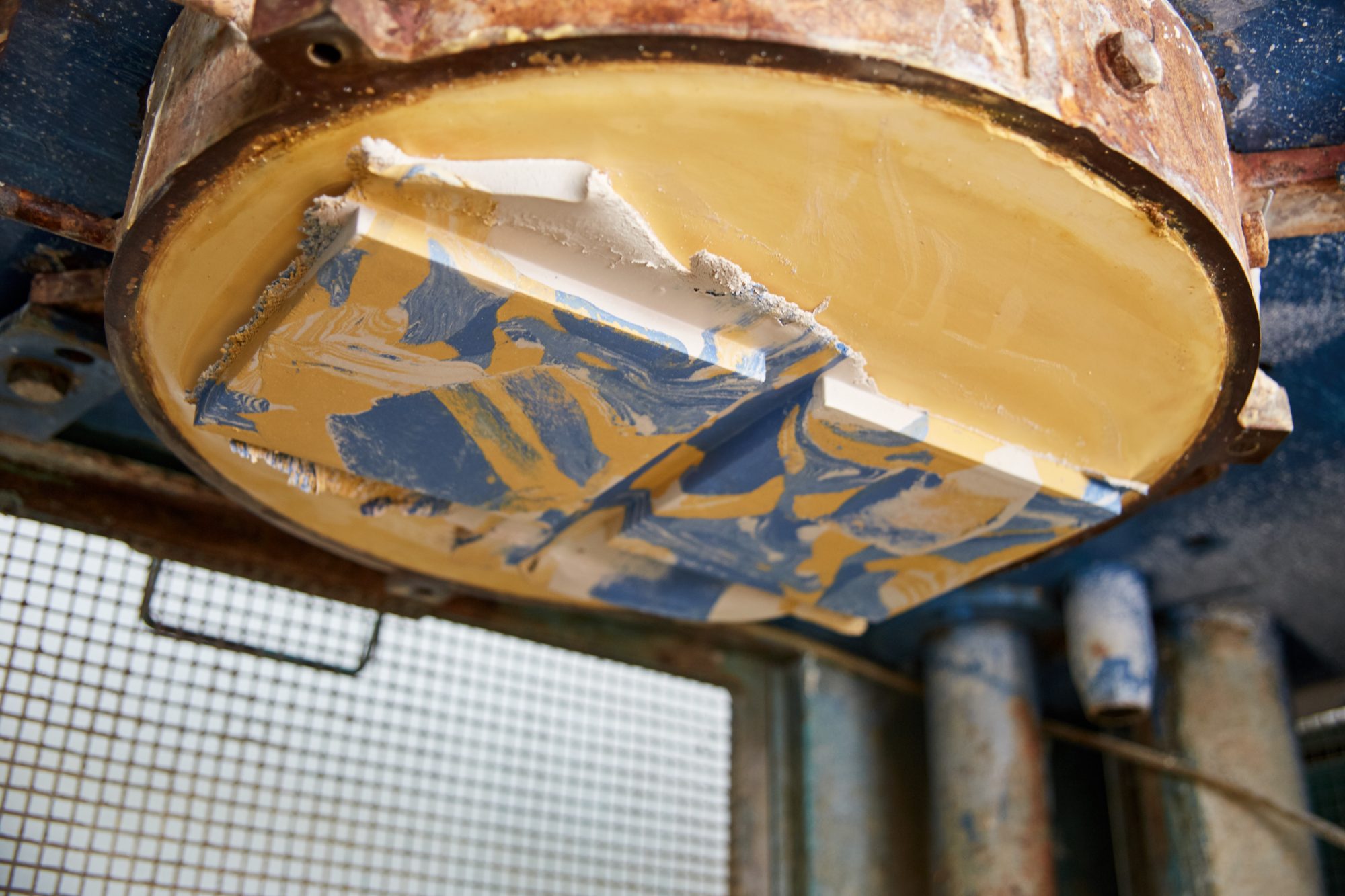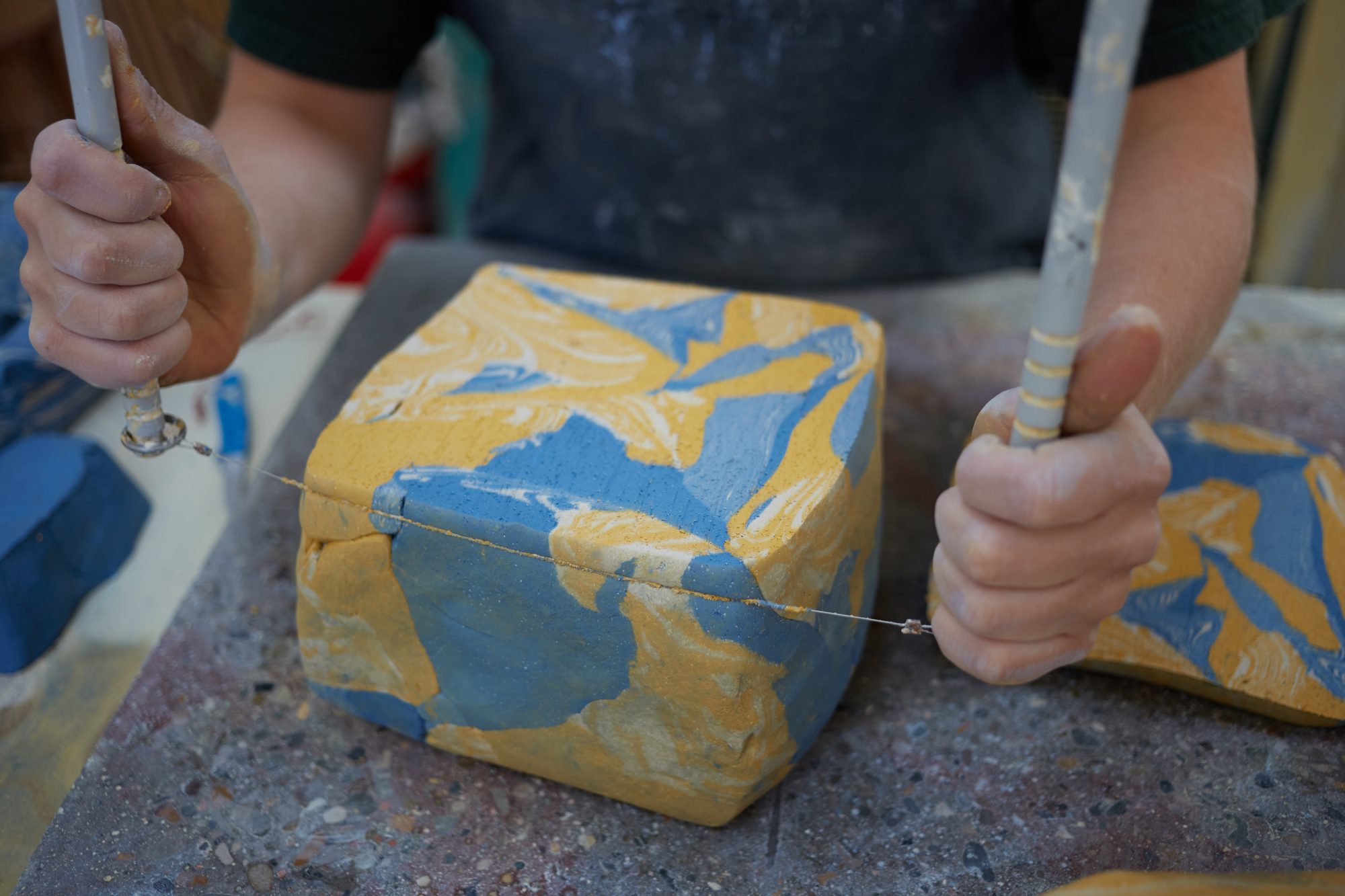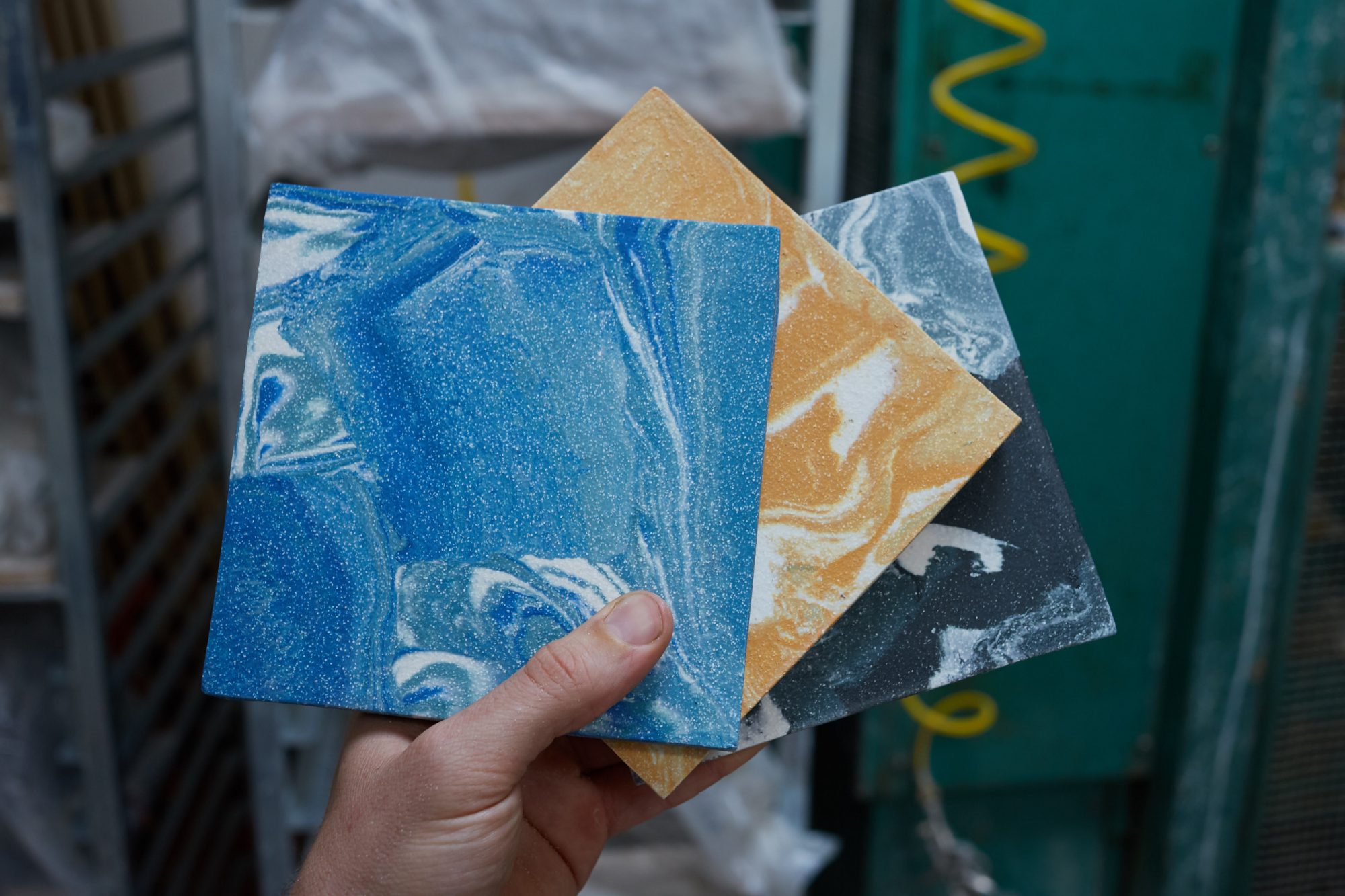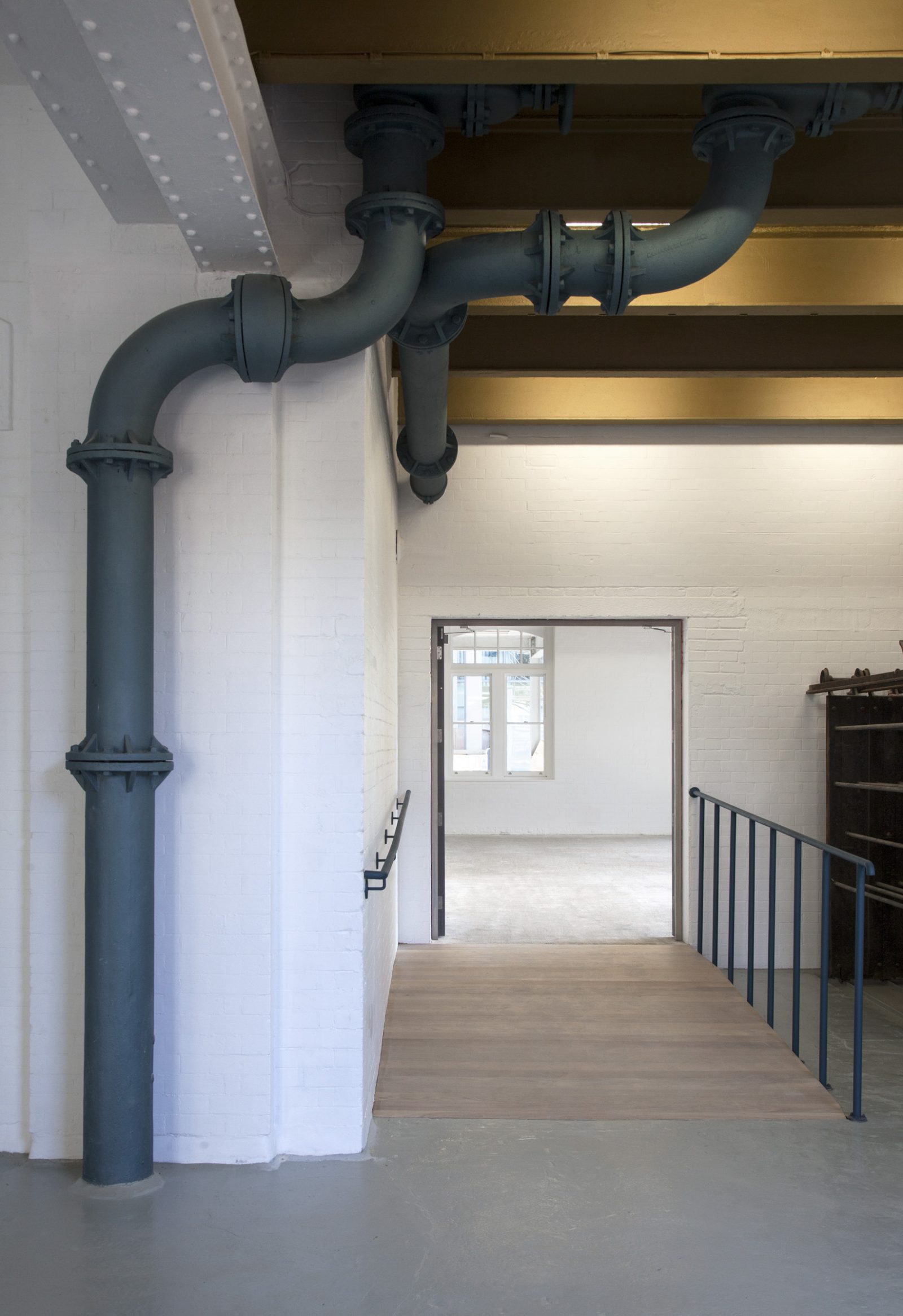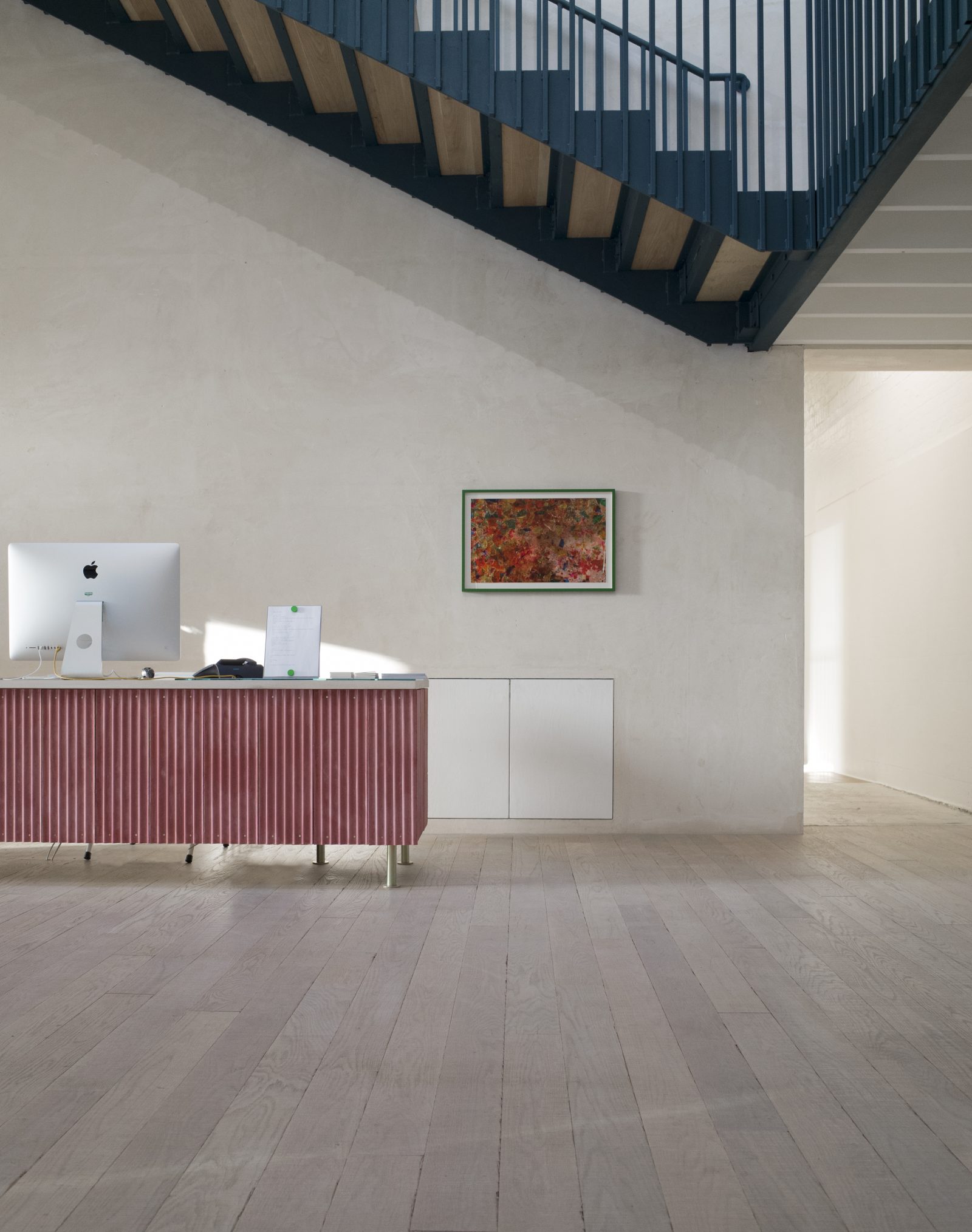British collective Assemble show how flux and contradiction can play role in architecture
The British architectural collective Assemble (no relation) was founded in 2010, at the height of the Global Financial Crisis, to explore other ways of doing architecture. Today, they are a force to be reckoned with, reforming both the built environment and the art world. Cat McGauran caught up with Jane Hall and Audrey Thomas-Hayes from the Turner Prize-winning collective.
The British collective Assemble was established in 2010 by a group of friends, most of whom had recently graduated in architecture and found themselves working in conventional practices. They found themselves talking, on a weekly basis, about how architects could work differently, in a more imaginative way.
Putting their ideas into action, they took leave from day jobs over summer to realise their first project The Cineroleum, which involved the temporary conversion of an old petrol station into a cinema. A year later, they transformed a motorway underpass into an arts venue and public space, bringing 40,000 people through in nine weeks. Seven years later, the collective has achieved extraordinary things – they won the Turner Prize in 2015 and established a community-run ceramics workshop. They exhibited at this year’s Venice Biennale of Architecture and recently finished their first major building commission, Goldsmiths Centre for Contemporary Art. This non-hierarchical, multi-disciplinary collective of 17 people came to be the organisation it is through experimentation, opportunism and a desire to challenge the status quo.
How does work progress in an organisation with no hierarchy? All prospective projects are put to the collective and given what Jane Hall, one of Assemble’s founding members, describes as the ‘temperature-reading’: each person gives the project a keep rating on a 1–10 scale, along with a one-line reasoning.“It gives you a solid number,” says Hall. “It’s never that you can’t do it, it just gives you a reading from the group. It also helps people work out what might be necessary to take the project forward; for example, you might need to ask for a higher fee, or check the contract. This system has made it a lot easier to work out what projects people want to take on, but also what we collectively think would be good, as a practice.”
Each project is typically led by two people: “Most clients get confused if they’re meeting all of us, and most projects are of a scale that only requires two people.” Each week, active projects are reviewed by everyone. “We’ve been doing ‘pan-Assemble’ workshops for eight years now, but they’ve changed a lot in that time,” says Hall. “We’re trying to create an environment where they’re helpful – no-one will tell you how to run your project, but you might get feedback.”
“Most things that are interesting or meaningful come out of mistakes.”
Until this year members had more autonomy over the projects they selected, and how they were managed. “Now everyone is paid exactly the same salary; I think it’s changed the dynamic,” says Hall. “There’s more responsibility towards each other. I wonder whether it’ll make us more conservative in our moves.”
Assemble, which started out as “an enrichment thing”, has steadily evolved into a fully-fledged business. Office and facilities manager, the Australian-born fashion graduate, Audrey Thomas-Hayes, says the operations model is constantly in flux. “We have working policies that we revise and vote on every quarter,” she says. “It’s not just about agency for our clients, it’s about agency for us, to allow us to work in a way that’s acceptable and preferable to us.” According to Hall, this mode of working also provides an excellent support structure. “It gives you the confidence to take on things that you don’t have the skill for yet, but know someone else in the group does.”
Assemble “didn’t start off as a rejection of other practices,” says Thomas-Hayes, but it is hard not to compare it to conventional practices. For example, Assemble actively invites chance and mistake.“Most things that are interesting or meaningful come out of mistakes,” says Hall. Experimentation is important, a methodology that is rarely encouraged in traditional practice, where “everything is streamlined to actively avoid mistakes, to the point where you become so risk-averse and constrained that you can’t do anything.” It also resonates with Assemble’s desire to give agency to people who have typically been denied a voice in architecture and urban design. “Experimentation doesn’t have a prescribed way of doing things, so it allows other people to become part of the process,” says Hall, “especially those who feel intimidated by design. A lot of our experimentation is highly planned, but the language around it is important because it allows you to talk about failure. I think that’s really helpful for diversifying and democratising the process.”
“Architecture is struggling to catch up with a broader definition of itself in reality. It likes the idea of being autonomous, but hates what that looks like in practice.”
Another interesting point that Thomas-Hayes reflects on is that we are becoming increasingly specialised in our work. “Experimenting is fun,” she says. “Throughout history, being able to make things has been important to people – I think there’s a fear of losing agency in being able to do a lot of things ourselves.”
On a practical level, Hall says that making things themselves allows them to have better control over processes when they are outsourced. “We have a better understanding of how something is done,” she says. “Often, on site, a contractor will say something’s impossible; we have the experience to know if that’s correct.”
Experimentation and agency played a big role in Assemble’s Turner Prize – winning work on the Granby Four Streets project in Toxteth, Liverpool, which involved the restoration of 10 derelict terrace houses. The area, one of Liverpool’s most racially and ethnically diverse, had been neglected since the early 1980s. A riot in 1981 led to a further withdrawal of investment in the area, and residents were encouraged to leave. Many houses were demolished; however, some people refused to go. Then, in 2011, after decades of trying to save the remaining houses, a group of hard-working, creative residents established the Granby 4 Streets Community Land Trust. A Community Land Trust (CLT) is a not-for-profit property ownership structure that was developed in the UK approximately 20 years ago. CLTs develop and manage community assets – from affordable housing to commercial spaces and civic buildings – on behalf of a community. After securing a loan from a philanthropist and some grant money, the CLT found Assemble who helped them purchase the first 10 derelict houses from the council for £1 each. The restoration began. Every step of the way, the residents of Granby were involved, including children. During the process, Assemble discovered ways of making ceramics which not only featured in subsequent projects (including The Factory Floor at the 2018 Venice Biennale of Architecture), but inspired them to found the Granby Workshop, which manufactures handmade architectural ceramics and is largely run by Granby locals.
For Hall and Thomas-Hayes, winning the preeminent visual arts award in Britain was, in a way, liberating. “It’s a different way of speaking about things. It’s more relaxing – it’s just art,” says Hall. “It’s such a relief to not have to dress everything up, to sell something to an industry that you were resisting in the first place.” The nomination caused some backlash, especially from within the visual art world. None of this phased the group. “It shows that the definition of art is changing drastically, especially with multimedia and video,” says Hall. “I think architecture is struggling to catch up with a broader definition of itself in reality. It likes the idea of being autonomous, but hates what that looks like in practice.”
She admits to not knowing precisely what element of Granby Four Streets they won the Turner Prize for, but believes it was the social aspect. “We know we were used to fulfil the judges’ agenda, which was to make the prize more relevant, break with the autonomy of art, and be more accessible and appealing to the general public.”
Assemble has since taken on a variety of projects, ranging in scale from the Baltic Street Adventure Playground to the refurbishment of the exterior of the Seven Sisters train station. However, Hall says that they are “slightly cursed” by their legacy of participatory projects. “Our first few projects had a very strong sense of doing something public, but that was nine years ago,” she says. “Now we have a really diverse group of people, with very diverse interests. There are some people whose work will always have something to do with community participation, but there are others who just want to detail the heck out of a building.” Their continued connection to community comes from listening to their clients and having a clear understanding of who each project is really for. “We advocate on the side of our client, but beyond that our priority is to make sure a project is worth doing,” she says.
“We’re like a subculture. It’s a struggle to carve out a space.”
Assemble lacks a manifesto: Hall says the group would struggle to articulate a combined set of values, because of the range of personalities encompassed. Instead, they work on creating an infrastructure of care: “A lot of what we’ve done has been about doing things to support 20 people at any one time. That means creating an infrastructure that allows us to sometimes be hypocritical and contradictory, so we’re not accused of selling our souls and giving up our ethics when things change.”
“We want to create a structure that can’t fail, and keeping that alive means allowing some people to do projects that [others] would never touch with a barge pole.”
An example of a contradictory space Assemble currently occupies is in the recently completed Goldsmiths Centre for Contemporary Art. “In a way, we so desperately wanted it; it’s a real building, so we’ll be recognised by those people who are slightly older, who don’t see us as a legitimate practice,” says Hall. “And at the same time, we’re like a subculture. It’s a struggle to carve out a space. We’re always proximal to discourse in architecture or in art; it’s about reacting with them, but also against them.”
Is this collective way of working, and questioning the conventional power dynamics that exist in architectural relationships, part of a broader shift in the next generation of architects? Not really, says Hall. “Every generation tries to do something different from the last; but Assemble is the product of the socio-political and economic context more than anything. I do think, however, that part of Assemble is the process of working out the role of the architect, and architecture, in society.”
A big thank-you to Jane and Audrey for chatting with us during their whirlwind trip to Australia for the Living Cities Forum. You can keep up to date with the work of Assemble UK here.
